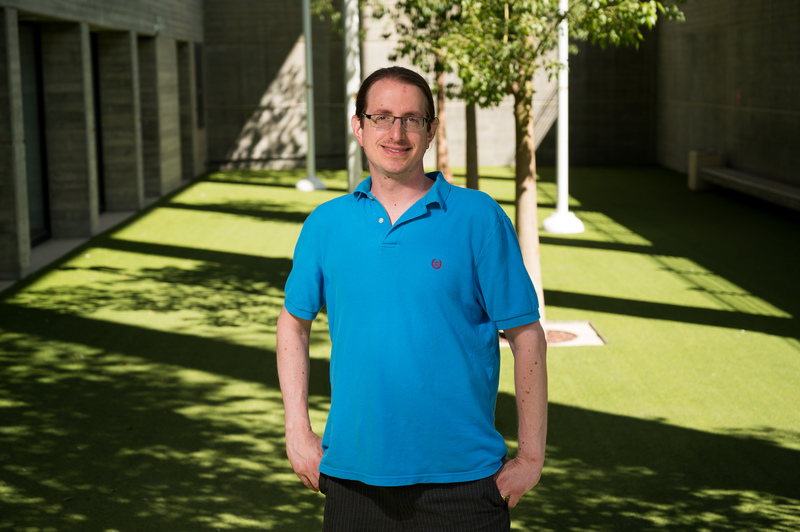The way in which the brain naturally processes faces makes it harder to tell members of a racial outgroup apart, according to new research published by BGU's
Dr. Niv Reggev (pictured below) in
eNeuro this week.

Reggev et al. investigated what happens in the brain’s visual processing system to cause this discrepancy. The research team showed 67 white adults a series of faces of the same race and gender. The participants indicated if they saw the same face twice in a row, or two different faces. White participants could identify two White faces as different more quickly than two Black faces. The researchers only tested White adults and therefore cannot verify that the same holds true for other groups.
The scientists then looked at the activity of the fusiform facial area using functional magnetic resonance imaging. Seeing the same face twice in a row suppressed neural activity in this brain region. The suppression lifted when participants saw a new face —but only for white faces. In fact, with new black faces, the suppression resembled seeing the same face twice in a row.
“Our experiment shows that our difficulty to differentiate outgroup members is anchored in neural processes. We do not know yet what leads to this particular effect,” says Reggev, of the
Department of Psychology. Reggev is a new faculty member who just returned from a
post-doc at Harvard University.